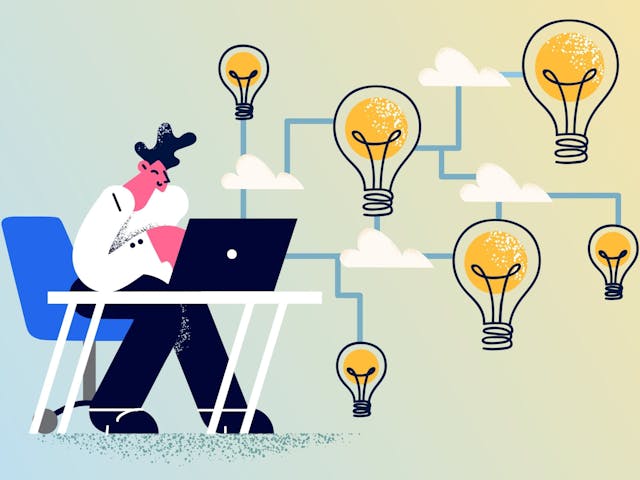Computer science has a wider footprint in schools than ever before, but there are differences when it comes to who has access to computer courses and who’s enrolling.
That’s according to the latest State of Computer Science Education report, released last week by the Code.org Advocacy Coalition, Computer Science Teachers Association, and the Expanding Computing Education Pathways Alliance.
While more than half of high schools nationwide—53 percent, to be precise—offer computer science, disparities in access and participation reveal themselves among traditionally underrepresented groups. Girls, for instance, make up just one-third of high school computer science students nationally.
Previous studies have noted that schools serving well-off communities are more likely to offer computer science than less-resourced schools. But this new study notes that even at schools where coding courses are offered, participation can be unequal.
Looking to a Tech-Driven Future
The report makes a case for computer science as part of the solution for pandemic-related learning loss, touting its high level of engagement. And these days computing skills can be a potential career-booster for students as demand for a tech-savvy workforce increases, the report argues.
Jhone Ebert, Nevada’s state superintendent of public instruction, says computer science is about more than coding. Students learn problem solving, communication and how to bounce back from failure.
“Coding is one of those areas where it's a skill, but it’s also an art,” Ebert says. “When you have students who are engaged in the content, they want to learn. They fail, but they learn something new out of that failure.”
Nevada is one of several states that have adopted all nine of Code.org’s policy recommendations, including recently making computer science a graduation requirement. Computer science is offered in all grades, from kindergarten through high school.
“I never would have taken the computer science class if I didn’t have to, but now I really like coding and problem solving,” Addison McCune, a Nevada 7th grader, is quoted as saying in the report. “I was the first student ever at my school to finish all of the Python lessons. I like the challenge.”
While about 95 percent of students in Silver State have access to computer science, the report states that only 3.5 percent of students are enrolled in a computer science class. Ebert expects that percentage to increase as students take their required computer science classes in high school.
“Sometimes people think about computer science just as technology, and there’s something magical behind a curtain,” Ebert says. “The fact is there is coding in music, art work—in everything that we do. It’s something that everyone can participate in.”
Bridging Barriers to Access
When it comes to who is participating, white high school students nationally make up 48 percent of high school students and 48 percent of 9-12 computer science students, according to the report. Latinos are 27 percent of students and 20 percent of computer science participants.
Black students make up 15 percent of high school students and 16 percent of those enrolled in computer science, while Asian students are 5 percent of high schoolers and 11 percent of computer science students.
The disparity is most pronounced among economically disadvantaged students, who make up 52 percent of high schoolers but only 36 of those enrolled in computer science classes.
The report found that disparities in participation are the lowest in K-8 classes. Elementary school girls make up nearly half of computer science students, but that percentage falls to 44 percent in middle school and 32 percent in high school.


